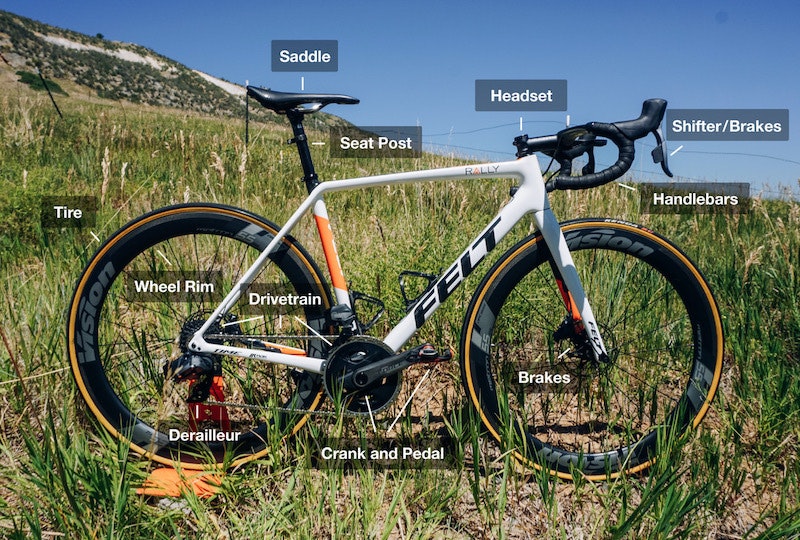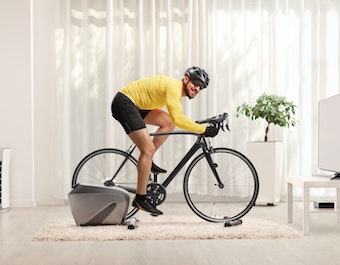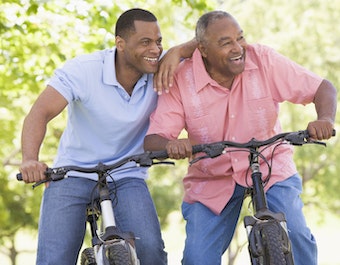Would you like to see more? Explore
Articles on Rally Health’s website are provided for informational purposes only, as a free resource for the public. They are not a substitute for medical advice, diagnosis, or treatment. Rally Health does not accept solicitations or compensation from any parties mentioned in the articles, and the articles are not an endorsement of any providers, experts, websites, tools, or financial consultants, services, and organizations.






